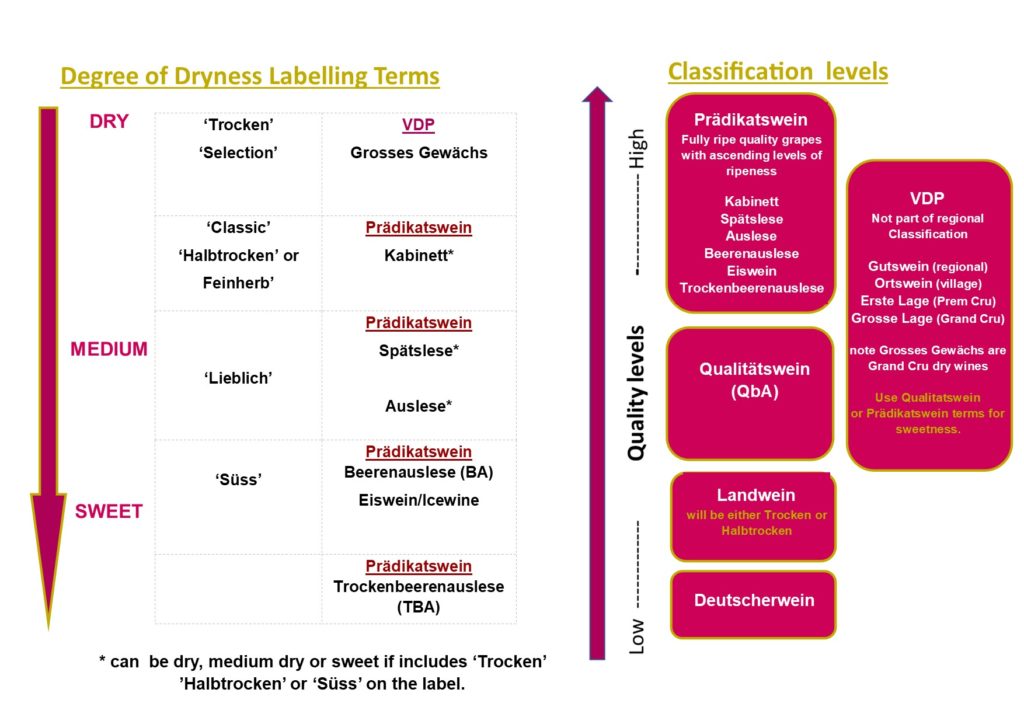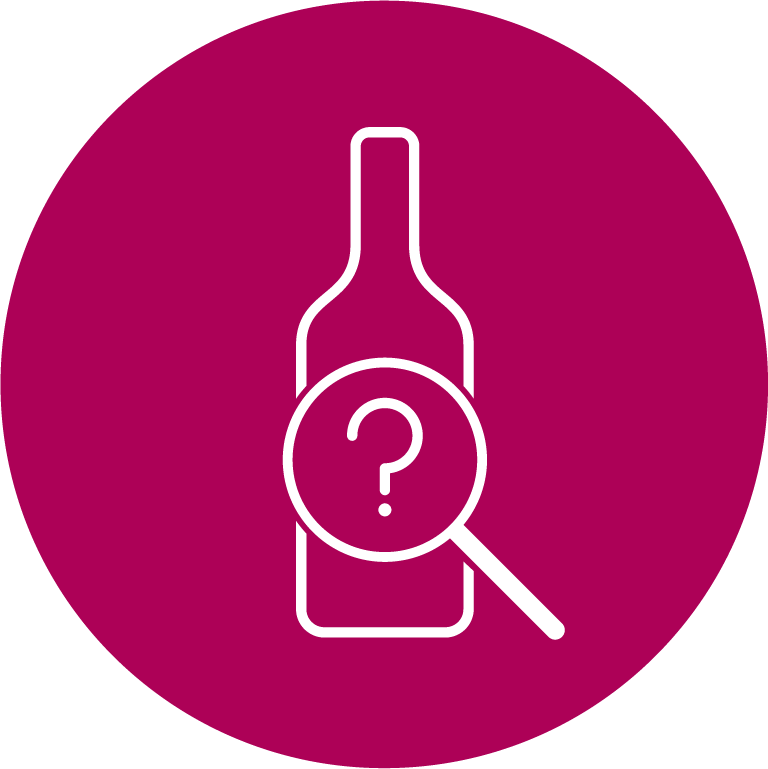As regular readers of my blogs know, I am a big Riesling fan, and if pushed to pick my favourite white grape variety, Riesling would be right up there at #1. Yet retail sales of Riesling continue to lag way behind other varieties here in the UK and it doesn’t come close to breaking into the top 10 most popular grape varieties. Why might you ask?
I think there are a number of reasons:
I blame the 1980s…
It’s probably got a lot to do with the 1970s and early 80’s when the UK wine shelves were awash with German wines like Blue Nun, Black Tower and…shudder…. Liebfraumilch. (Come on now, you know you’ve all drunk some of these in your youth!!) These wines lacked character and were generally just fruity and cloyingly sweet.
Perhaps then it is unsurprising that consumers quickly tired of these wines, and sadly, poor old Riesling got the blame – becoming public enemy number one in the process.
But here is the thing **SPOILER ALERT** these wines very rarely contained much (if any) Riesling, rather they were usually blends dominated by the insipid Müller-Thurgau.
By now though the damage was well and truly done, and even today, Riesling (and German white wine in general) continues to be treated with suspicion by the everyday wine drinker, which is a real shame.
The minefield that is ‘sweetness’ levels!
Another factor that I suspect causes suspicion (particularly in wines from Germany) is it can be pretty difficult determining if the wine is going to be sweet or dry and it can be a total minefield trying to decipher the sweetness level in a wine designated ‘Kabinett’ or ‘Spätlese’.
You can’t always assume if a wine is labelled ‘Kabinett’ it will be dry unless it shows ‘trocken’ on the label – these Prädikatswein categories are to do with ripeness levels, and although ripeness affects sweetness, it may still mean a ‘Kabinett’ can have a fair lick of residual sugar (if for example it was a warm vintage or not fermented to dryness – check ABV for another clue).
Below is a chart which gives a bit of an overview of German wine and the quality classifications and levels of dryness. Be warned this is a simplified chart and a rule of thumb rather than definitive guide but hopefully it will help!

If dry Riesling is your thing then your best bet is aim for a ‘Trocken’ or head to the ‘New World’ where it is usually noted on the label.
The Searing Acidity
While I admit, the grape’s searingly high acidity can result in lip-puckeringly, lean wines that verge on being slightly austere in youth, it is precisely this acidity that is one of the grape’s biggest strengths.
This “backbone of acidity” – which I talk about a lot – allow these wines to age for years, often decades, and in doing so they develop honeyed, smoky notes, with the lime/lemon citrus and green apple fruit of youth morphing into richer stone fruit characteristics alongside a crowd-dividing kerosene note (which I love but I suspect some won’t, after all not everyone likes to swirl their glass and get a whiff reminiscent of the local petrol station!)
I will nail my colours to the mast and go as far as to say I think Riesling is something of a superstar. Believe me when I say there are few varieties so capable of reflecting their provenance nor as versatile as Riesling.
Why do I love Riesling?
- It’s aromatic and characterful and capable of producing long lived wines that are both dry and sweet, it can even be used as sparkling wine (Sekt in Germany) and makes terrific Ice wines.
- It’s a brilliant food wine – the acidity a perfect bedfellow for rich dishes, spicy curries, white meats and fish – it is even capable of matching with smoked fish…. a rarity. You can even drink it on its own as an aperitif wine.
- It is great value! – Because the grape isn’t fashionable, prices tend to be lower and you can get some real bargains with quality far outweighing the price point. So, whisper it, but Riesling and in particular German Riesling offers some of the biggest ‘wine bargains’ to be found on the High Street….you heard it here first.
If you are interested in exploring Riesling a bit more, or perhaps giving it a go for the first time, I’m happy to offer suggestions and advice. My blog post Spotlight on Riesling also gives more info on the grape.
For now though I will leave you with a selection of quality winemakers well worth considering if you decide to take the Riesling plunge:
From Germany, Austria and the Alsace: look for Dreissigacker, Axel Pauly, F.X. Pichler, Marcel Deiss, Barmes-Boucher and Hugel who produce fabulous wines and if you have (lots of) spare pennies the eminent Schloss Johannisberg. If you prefer your Riesling sweeter, then Dr Loosen and Maximin Grünhaus are good options.
From the New World: I usually head to Australia and the Clare Valley or Eden Valley, or to New Zealand which produce great dry, off-dry and sweet Riesling particularly from vineyards in the South Island. A few names to look for: Dandelion Vineyards (in the current Wine Club case offer), Grosset, Mount Horrocks, Tim Adams, Framingham, Astrolabe and Millton, to name but a few.
